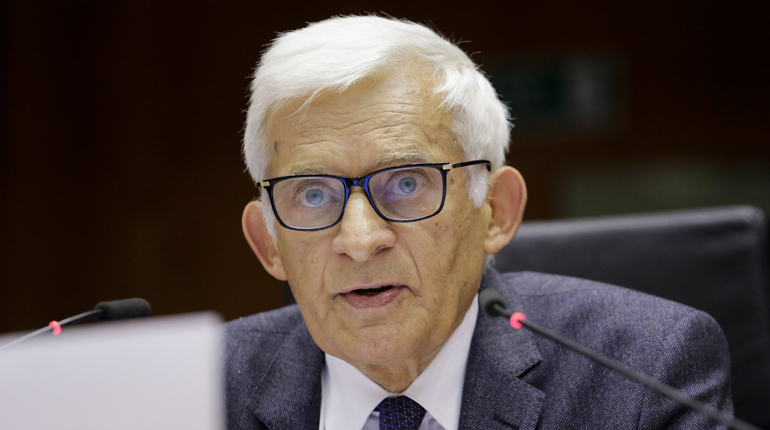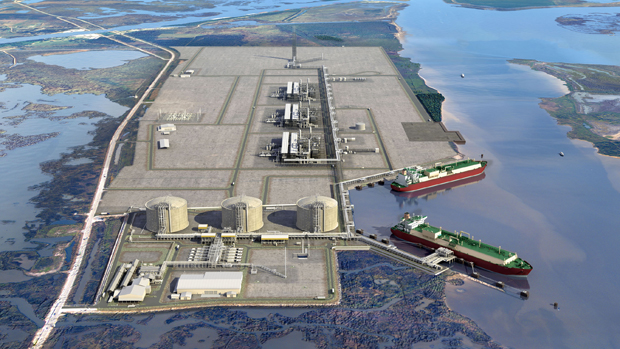Highlights
- Algeria is defending its share of the gas export market, indicating a change of strategy
- Saudi Arabia's gas demand is rising as the kingdom promotes greater domestic use of the fuel
- The discovery of the supergiant Zohr field is unlikely to ease Egypt's supply crunch in the short term
- Kuwaiti LNG imports are rising partly as a result of the Neutral Zone dispute with Saudi Arabia
Economic overview
Persistently low oil prices are weighing on export revenues for several countries in the Middle East and Africa, limiting the possibility for governments to boost their upstream budgets and deterring interest in the sector from IOCs.
The Brent crude front-month futures price has averaged below $50 per barrel so far in September, a drop of around 50% on an annual basis. This is already a concern for several oil- and gas-producing nations in the region. The Algerian government announced at the end of August that it will cut spending by 9% in 2016 because of the drop in the price of oil, on top of a cut of 1.3% in this year’s budget. Meanwhile, Libya posted a budget deficit of $3.3 billion in the first seven months of 2015 caused by a combination of the weak oil price and civil unrest affecting the country’s oil production.
Quarterly and annual year-on-year GDP growth rates
| Q4 2014 | Q1 2015 | Q2 2015 | 2015 | 2016 | 2017 | |
| Qatar | 6.7% | 4.1% | *7.1% | *7.1% | *6.5% | *5.6% |
| Egypt | 4.3% | 3.0% | *4.0% | *4.0% | *4.3% | *4.5% |
| Saudi Arabia | 1.6% | 2.3% | 3.8% | *3.0% | *2.7% | *3.1% |
| Nigeria | 5.9% | 4.0% | 2.4% | *4.8% | *5.0% | *5.3% |
| South Africa | 1.3% | 2.1% | 1.2% | *2.0% | *2.1% | *2.4% |
Nigeria’s GDP grew by just 2.4% in Q2 2015 on an annual basis as a result of lower oil and gas export revenues. This was a sharp decline from 6.5% in Q2 last year and 6.2% for 2014 as a whole. Oil and gas account for more than 90% of Nigeria’s export revenues. Meanwhile, the International Monetary Fund has slashed its 2016 GDP growth forecast for Angola from 3.9% to 3.5%, citing low oil prices.
Tensions in the Middle East are also weighing on Turkey’s growth prospects. The country’s GDP expanded by 2.3% in Q1 2015 on an annual basis, much lower than its 4.9% growth rate in Q1 2014. Meanwhile, the Turkish lira is weakening against the United States dollar, making hydrocarbon imports expensive and negating much of the benefit of low oil and gas prices. The dollar strengthened against the lira by 21.6% on an annual basis during the first eight months of 2015.



